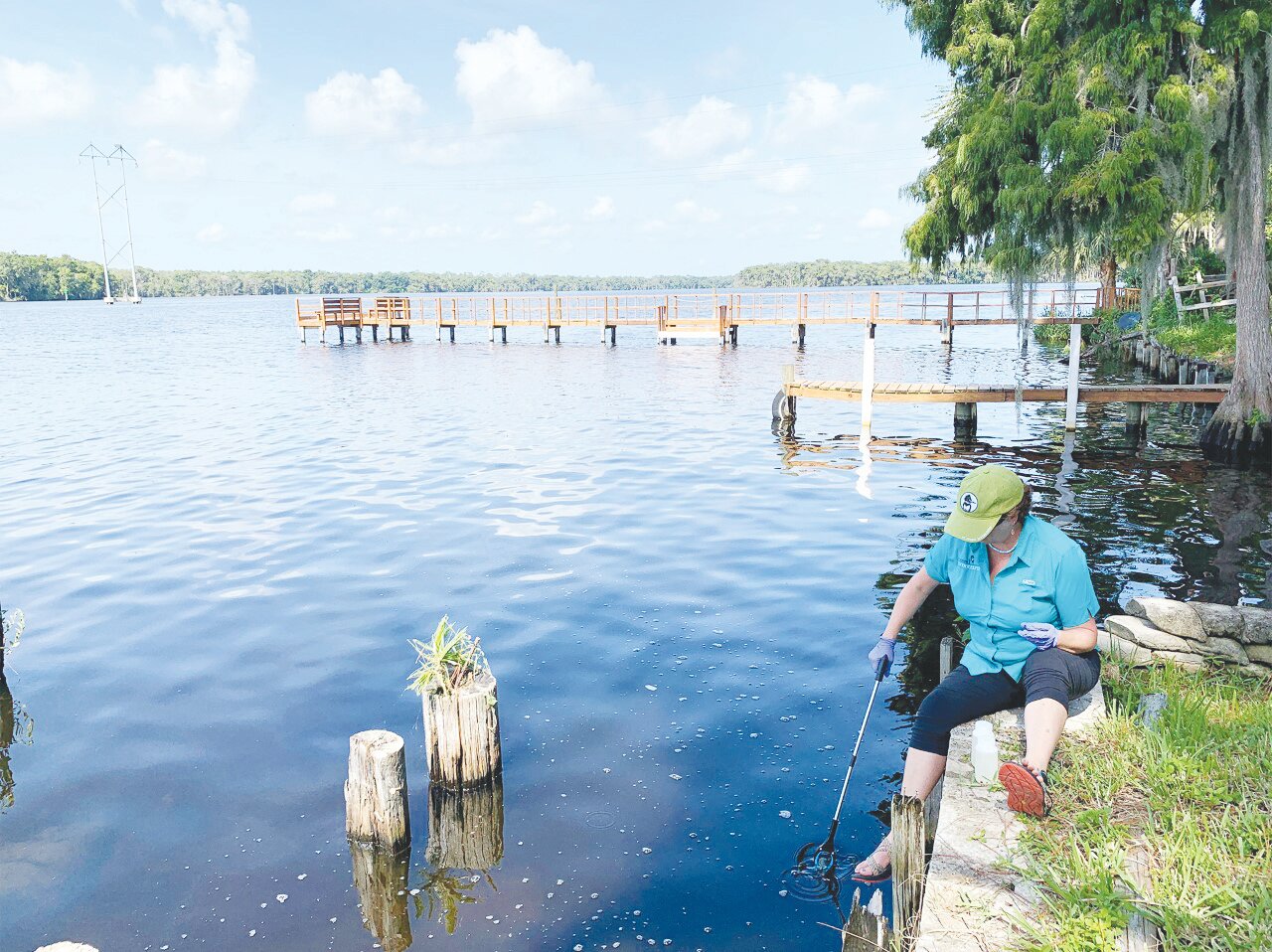St. Johns RIVERKEEPER studies loss of grasses at Doctors Lake
CLAY COUNTY – St. Johns RIVERKEEPER launched a multi-day expedition to investigate the lost grasses of the St. Johns River, raise awareness about the fragile state of the river and demonstrate the …
This item is available in full to subscribers.
Attention subscribers
To continue reading, you will need to either log in to your subscriber account, below, or purchase a new subscription.
Please log in to continueDon't have an ID?Print subscribersIf you're a print subscriber, but do not yet have an online account, click here to create one. Non-subscribersClick here to see your options for subscribing. Single day passYou also have the option of purchasing 24 hours of access, for $1.00. Click here to purchase a single day pass. |
St. Johns RIVERKEEPER studies loss of grasses at Doctors Lake
CLAY COUNTY – St. Johns RIVERKEEPER launched a multi-day expedition to investigate the lost grasses of the St. Johns River, raise awareness about the fragile state of the river and demonstrate the need for urgent action.
The project started Tuesday in Clay and St. Johns counties.
Submerged aquatic vegetation (SAVs) are an important biological indicator of river health and is vital to the continuation of a healthy river ecosystem. SAVs are sources of refuge, oxygen, habitat, and food for many aquatic species, including the West Indian Manatee (Trichechus manatus).
Yet, scientists have concluded that the vast majority of SAVs have disappeared in the Lower St. Johns River, with estimates as high as 99%. SAVs periodically decline due to droughts or hurricanes, but the grasses typically begin to bounce back within a few years.
However, this time is different.
The grasses in St. Johns have not returned since Hurricane Irma, but why? What is preventing the regrowth of the SAV? Government environmental agencies have offered several possible reasons, but consensus has not been determined, and a lot more work needs to be done.
As a result, St. Johns RIVERKEEPER launched a multi-day expedition to investigate the case of the lost grasses. The team studied 80 miles of the most-threatened habitat of the St. Johns River, between Doctors Lake and Lake George.
The team also worked in Putnam County between May 17-19.
To better understand current conditions and identify possible reasons for the decline, water quality parameters will be assessed, including sampling common stressors of SAVs, such as algal blooms, pH level, turbidity, and salinity concentration.
Aboard St. Johns RIVERKEEPER’s patrol boat, the Kingfisher, St. Johns RIVERKEEPER team members and volunteers will visit numerous sampling sites and meet with homeowners, anglers, scientists and community leaders to collect observational intel and data.







